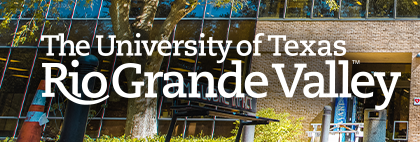Document Type
Article
Publication Date
3-1999
Abstract
As the population of minority pupils continues to increase, the need for special education personnel to identify and educate culturally and linguistically diverse exceptional students will also rise. Continuing shortages of qualified personnel in special education have been declared a national emergency, with "diagnostic staff" ranked as the fourth highest area of need. Shortages are particularly severe along the Texas-Mexico border, where a 1997 needs assessment predicted a need for 41 diagnosticians, preferably bilingual, within the ensuing 5 years. This paper describes initial steps in the development of Project DEED (Distance Education for Educational Diagnosticians), a federally funded distance learning program to provide courses in special educational diagnostics to rural border communities far from higher education institutions. The closing of one of the four university-based special education programs in the south Texas border corridor exacerbated an already serious situation. At about the same time, T-1 fiber optic telephone lines were extended to all rural schools in the area. This, coupled with other technological advances, made it feasible to offer multimedia-based presentations accompanied by videoconferencing. Steps in program development included choosing software, establishing 8-10 distal sites, acquiring sufficient space to accommodate hardware and work space, building technological infrastructure, developing staff within a team approach model, keeping costs down, and selecting each distal-based cohort.
Recommended Citation
Hausman, R. M., & Hausman, K. K. (1999). Use of Selected Available Technology To Provide Relatively Inexpensive Distance Learning Courses along the Texas/Mexico" Border Corridor.".

